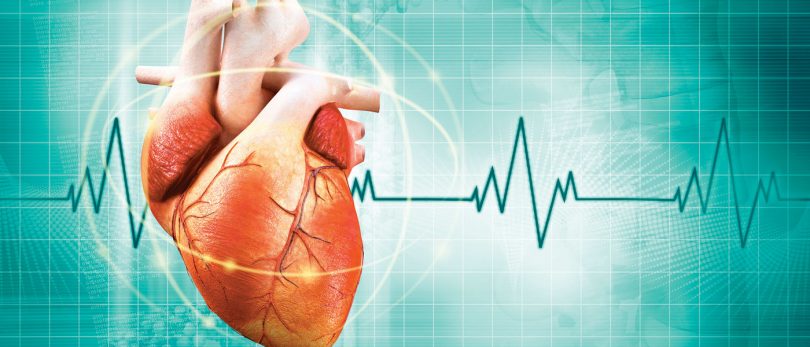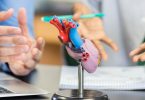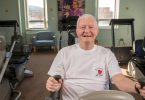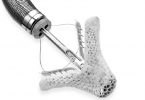In recent years, hospitals across the country have adopted practices for treating heart attack victims that focus on the time it takes for the patient to get the most effective treatment. In cases of ST-elevated myocardial infarction (STEMI), the goal is to get the patient from the emergency department (ED) into the catheterization lab as quickly as possible. There, a slim catheter can be introduced into the groin or arm and guided to the blockage in the heart, where it inflates a tiny balloon to reopen the blocked vessel. The window for this lifesaving treatment is known as “door-to-balloon time,” or D2BT. Nationally, the goal for hospitals has been 90 minutes, but UHS Wilson has beat that time, with a median D2BT of 65 minutes in 2015.
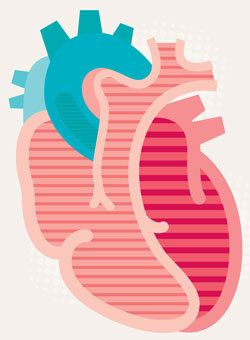
DOOR TO BALLOON TIME (D2BT) UHS: 65 minutes Nation: 90 minutes
This critical time reduction has been accomplished by streamlining key stages in the process. First, patients can be evaluated in the ambulance by emergency personnel. UHS Wilson Medical Center partners with ambulance agencies equipped with the LifeNet Health® system, a high-tech data exchange program that lets life support providers respond to a 911 call, assess the patient’s heart with a 12-lead electrocardiogram (EKG) and transmit EKG results to the Wilson ED. The ED team reviews the data while the patient is en route to the hospital and if necessary, contacts the cardiologist and his team, and prepares the cardiac catheterization lab. With this system, a patient arrives in the ED with the team already up to speed, the cath lab open and the cardiologist ready.
Even patients in rural areas can take advantage of this quick-response system. Patients who arrive at the ED at UHS Delaware Valley Hospital or UHS Chenango Memorial Hospital and are diagnosed with STEMI can be treated with clot-busting drugs and swiftly transported to UHS Wilson via ambulance or helicopter if doctors determine catheterization is necessary.This process cannot begin, however, until the person having the heart attack (or a companion) calls 911. “The worst heart attacks we get are with people who fail to recognize the symptoms,” says Paul Traverse, MD, an interventional cardiologist at UHS Wilson.
“You need to call 911,” says Dr. Traverse. “Don’t take matters into your own hands or worry about ‘bothering’ emergency services. The worst outcomes come from failure to recognize symptoms or delaying transport to an emergency room.”
Recognizing Symptoms
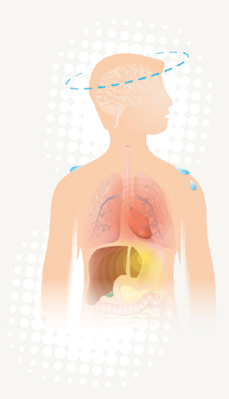 Learn all the warning signs for heart attack, beginning with the fact that classic chest pain is not always present, and anyone — both men and women — may suffer atypical symptoms. Therefore, if you suffer one or more of the following symptoms, even if you’re not sure it’s a heart attack, call 911 within five minutes of when symptoms begin.
Learn all the warning signs for heart attack, beginning with the fact that classic chest pain is not always present, and anyone — both men and women — may suffer atypical symptoms. Therefore, if you suffer one or more of the following symptoms, even if you’re not sure it’s a heart attack, call 911 within five minutes of when symptoms begin.
- chest pain, pressure or discomfort that may remain steady or come and go
- discomfort in the upper body, which may include pain in one or both arms, shoulders, neck, back or jaw
- shortness of breath
- dizziness or lightheadedness
- fatigue or weakness
- excessive cold sweats
- unexplained nausea and vomiting
- pain in upper abdomen
- indigestion

